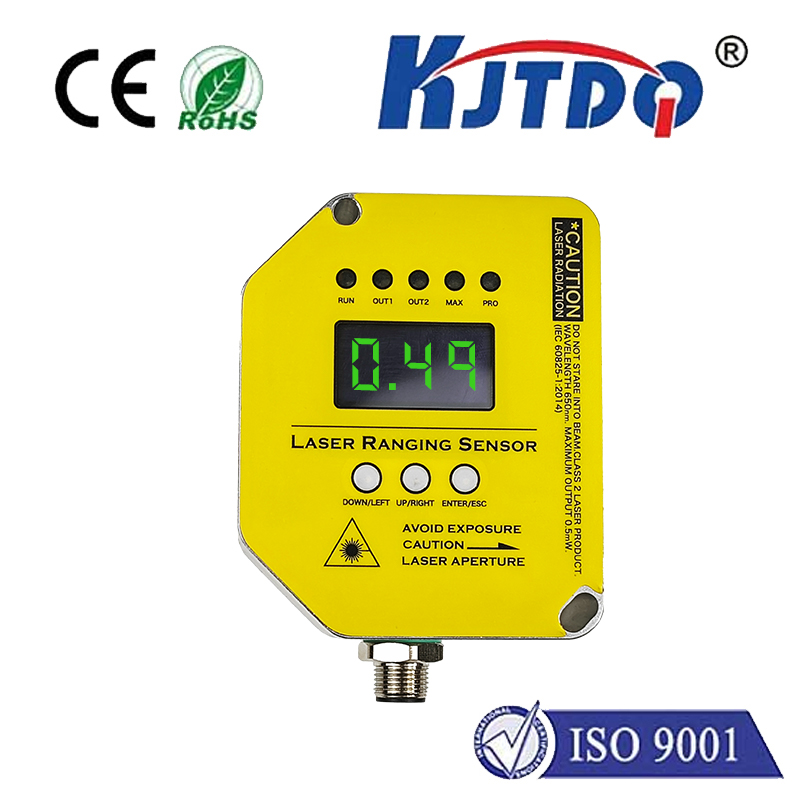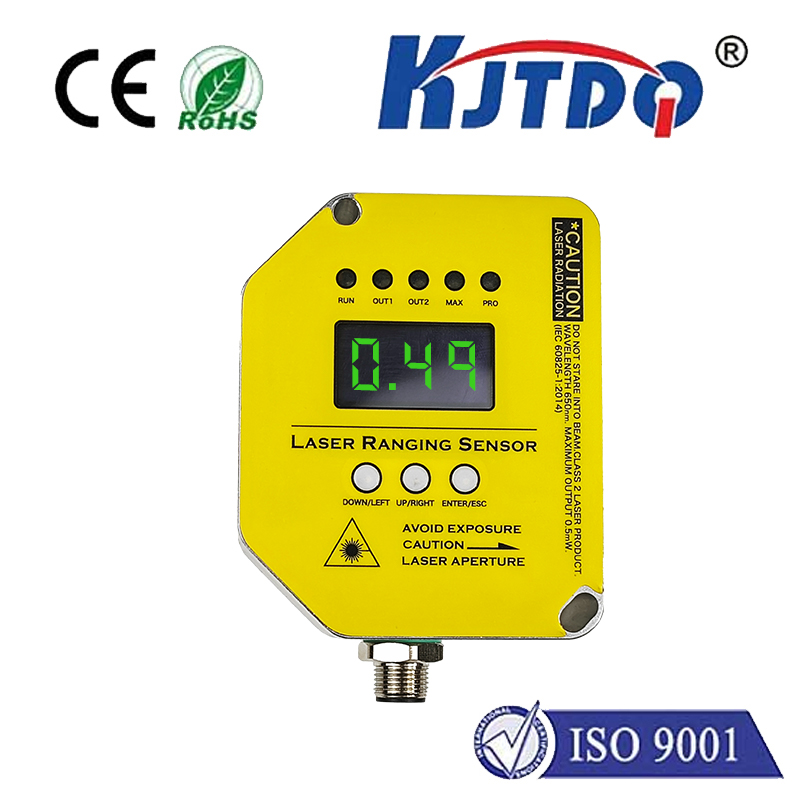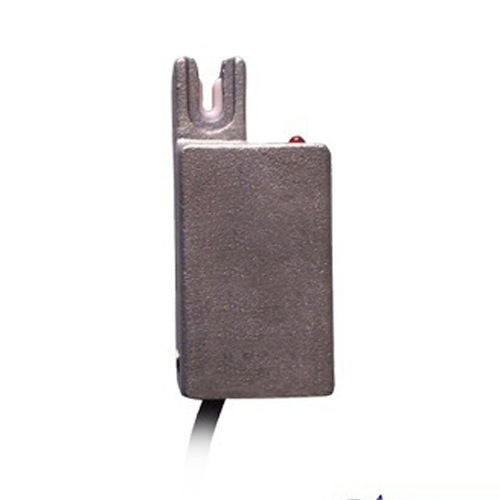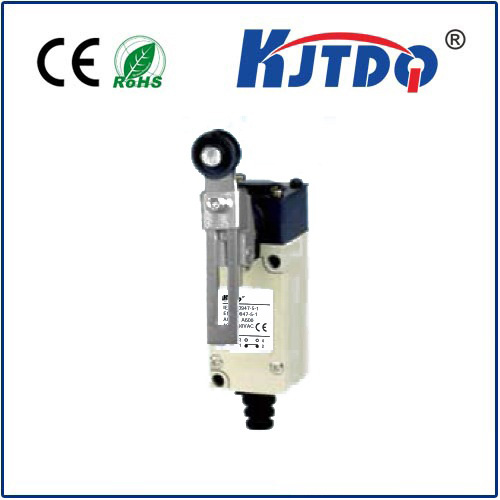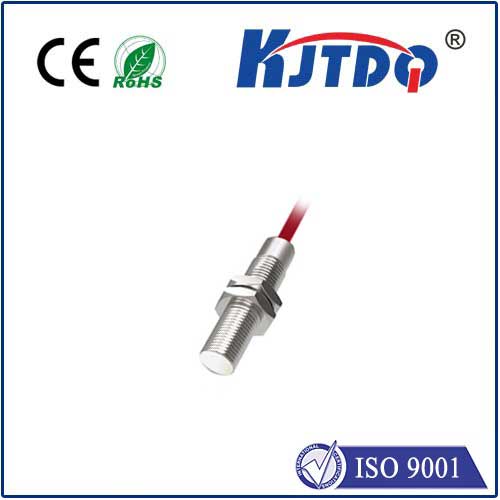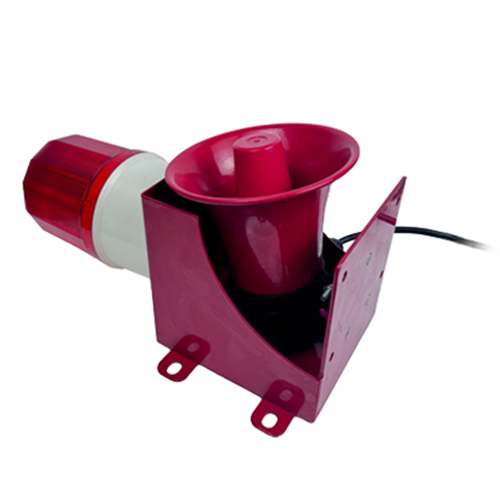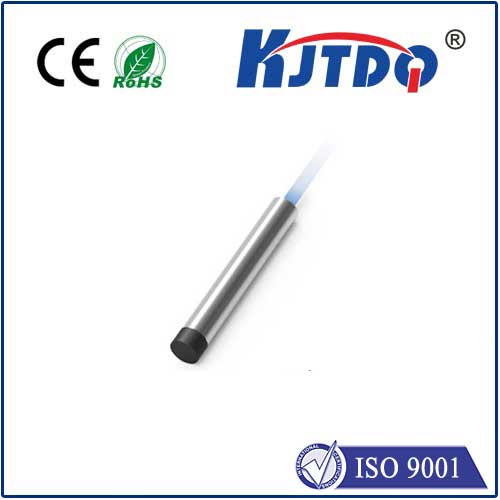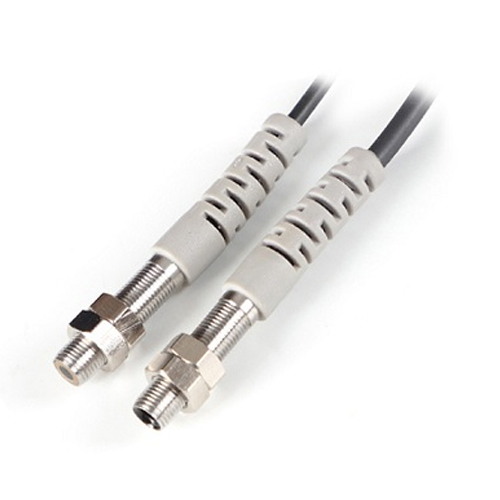

check

check

check

check

check

check

check

check

check

check
Understanding Analog Distance Sensors: A Comprehensive Guide Analog distance sensors, also known as proximity sensors or displacement sensors, are essential components in various industries and applications where precise measurement of distance is crucial. These sensors operate on the principle of detecting changes in an analog signal caused by the presence or absence of an object within a specified range. In this article, we will explore how analog distance sensors work, their types, applications, and why they are indispensable in modern technology.
At the core of an analog distance sensor is its ability to convert a physical parameter (such as distance) into an electrical signal that can be easily interpreted by electronic systems. The most common type of analog distance sensor is the capacitive sensor, which measures the change in capacitance between a conductive plate and an object. As the object moves closer or further away, the capacitance varies, generating an analog output proportional to the distance. Other popular types include ultrasonic sensors that use sound waves to determine distance, and optical sensors that utilize light reflection or interruption for measurement. Each type has its specific mechanism but shares the common goal of providing accurate distance readings through analog signaling.
Capacitive sensors are highly sensitive and ideal for measuring small distances or detecting minute changes in position. They are commonly found in touch screens, liquid level sensors, and displacement measurements in machinery.
Ultrasonic sensors emit high-frequency sound waves and measure the time it takes for these waves to bounce back from an object. This type of sensor is excellent for applications requiring non-contact measurement over longer distances, such as parking assistance systems and industrial automation.

Optical sensors use LEDs or laser diodes to project light onto a target and measure the reflected light’s intensity or time of flight. These sensors are widely used in barcode scanners, camera autofocus systems, and robotic navigation.
Industrial Automation: In manufacturing processes, analog distance sensors ensure precise control over machine movements, enhancing efficiency and reducing errors.
Automotive Industry: From adaptive cruise control to parking assist systems, these sensors play a vital role in vehicle safety and convenience features.
Robotics: Robots rely on accurate distance measurement for tasks like object manipulation, navigation, and avoiding obstacles.
Consumer Electronics: Devices such as smartphones, tablets, and gaming controllers incorporate proximity sensors for intuitive user interfaces and energy-saving functionalities.
Medical Field: In medical equipment, precise distance sensing aids in diagnostic tools and patient monitoring systems.
The significance of analog distance sensors lies in their accuracy, reliability, and versatility across diverse environments and conditions. Unlike digital sensors that provide discrete outputs, analog sensors offer continuous data streams, allowing finer control and more detailed insights into the measured parameters. Additionally, their simplicity in design and ease of integration make them a preferred choice for engineers designing advanced technological solutions. In conclusion, analog distance sensors are not just simple devices; they are the unsung heroes behind many of today’s innovative technologies. By understanding their working principles, types, and applications, we can appreciate their pivotal role in shaping our interconnected world. Whether in improving industrial productivity or enhancing everyday gadgets with smart functionalities, analog distance sensors continue to drive progress and innovation across sectors.
